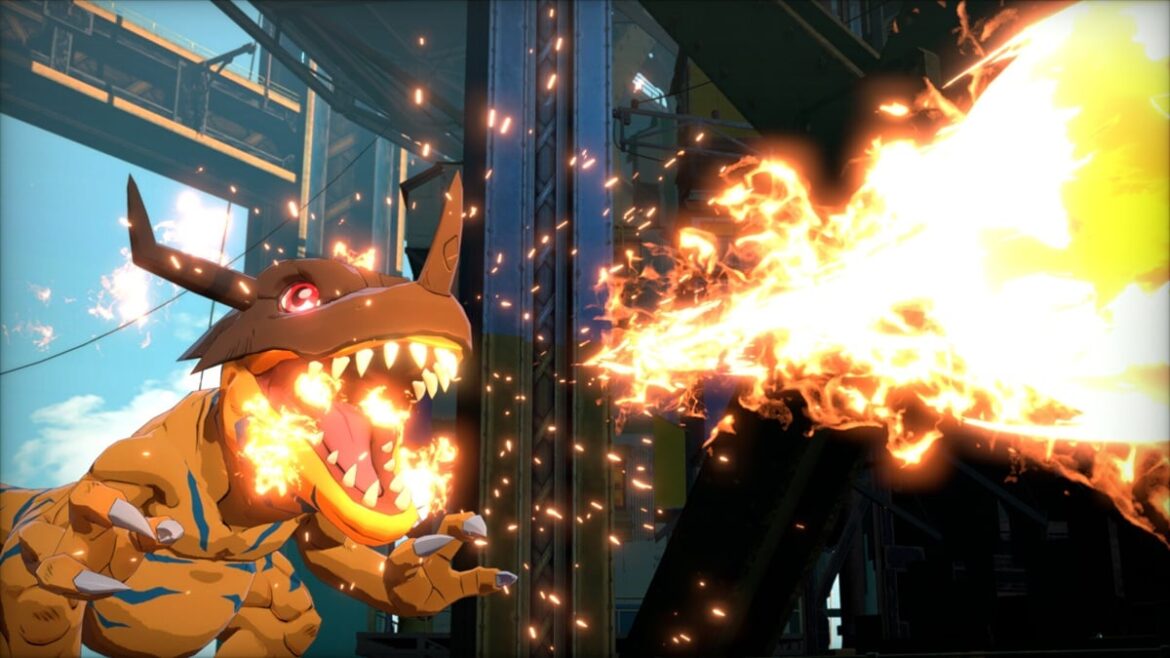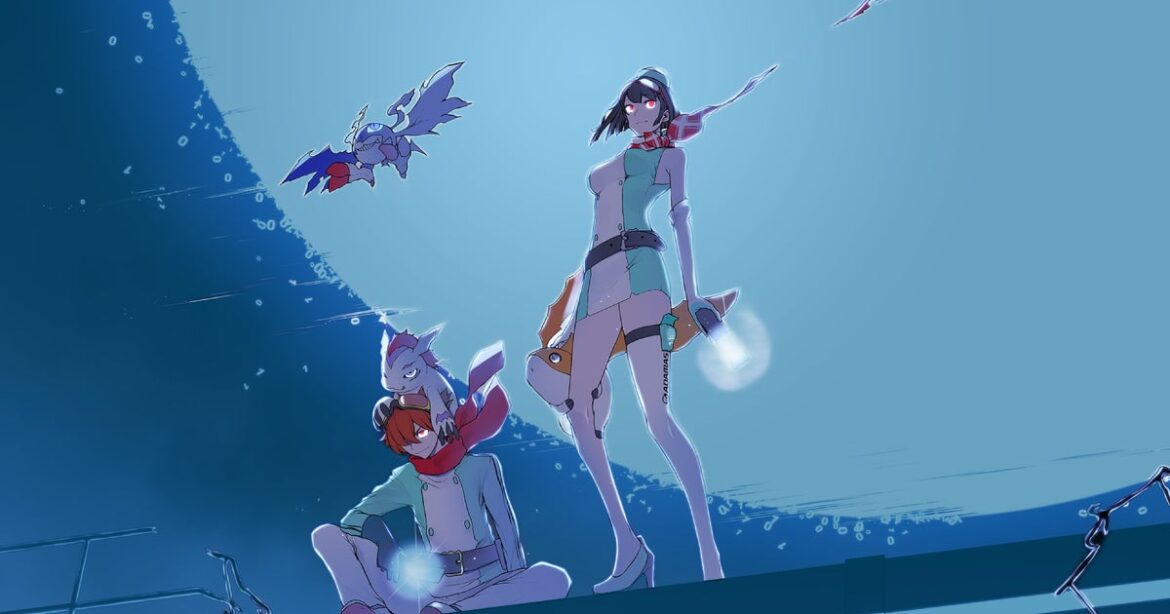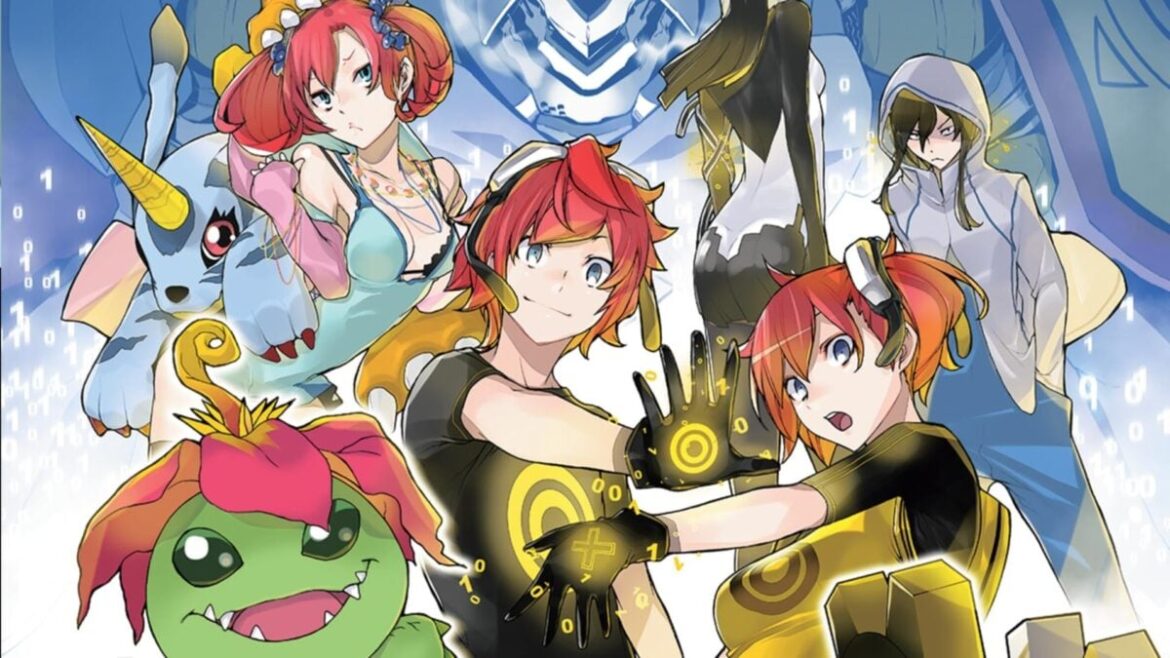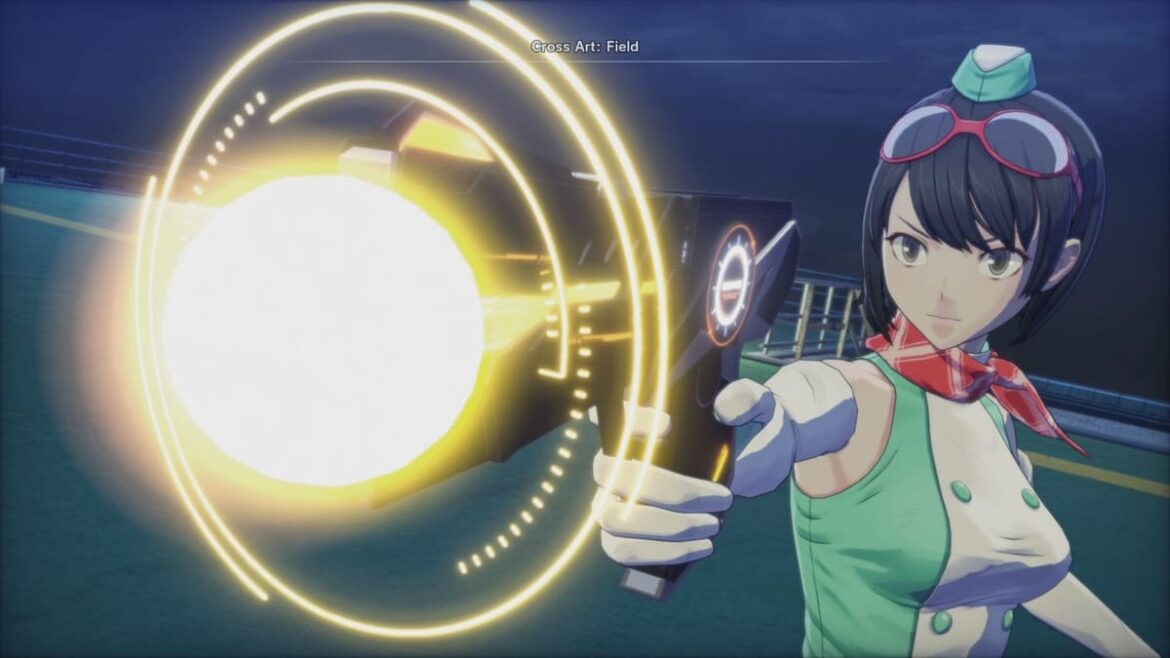Digimon Story Time Stranger has plenty of Digimons, and you can evolve them to make your party much more powerful.
Every Digimon in the game has a specific evolution line for you to learn and master. However, the lines are locked in the beginning. This guide will help you learn more about all the evolution lines, aka digivolutions, present in the game.
Disclaimer: Work in progress.
Complete Digimon Story Time Stranger Digivolution options
The table below has all the information about the Digivolutions for every creature in Digimon Story Time Stranger.
DigimonDigivolutions1KuramonPagumon
Tsumemon2ChoromonKapurimon3DodomonWanyamon
Dorimon4PabumonMotimon
Yokomon
Tanemon5PunimonTsunomon
Nyaromon6BotamonKoromon7PoyomonBukamon
Tokomon8KapurimonHagurumon
Kokuwamon
ToyAgumon
Solarmon9KoromonAgumon
Guilmon
Dracomon
Kotemon
Betamon
Shoutmon10TanemonFunBeemon
Lalamon
Palmon
Mushroomon
Floramon11TsunomonGoblimon
Veemon
Gabumon
Ryudamon
Elecmon
Zubamon12TsumemonDracmon
Shamamon
Keramon13TokomonPatamon
Coronamon
Terriermon
Armadillomon14DorimonDorumon
Monodramon
SnowGoblimon
Lopmon15NyaromonLunamon
Kudamon
Salamon
Huckmon16PagumonImpmon
DemiDevimon
Gazimon
Otamamon17YokomonBiyomon
Penmon
Falcomon
Hawkmon
Hyokomon
Muchomon18BukamonKamemon
Crabmon
Gomamon
Gizamon
Syakomon19MotimonChuumon
Tentomon
Wormmon
Gotsumon20WanyamonGaomon
Tapirmon
Bearmon
Renamon21AgumonRaptordramon
GeoGreymon
Numemon
Greymon
Coredramon (Green)22KudamonAirdramon
Reppamon
Angemon
Ginryumon
Sorcermon23GomamonMojyamon
Ikkakumon
Frigimon
Hyogamon
IceDevimon24CoronamonFiramon
Meramon
Growlmon
BaoHuckmon
Birdramon25ZubamonMusyamon
Buraimon
Tankmon
ZubaEagermon
Ankylomon
Guardromon (Gold)26SolarmonStarmon
GoldNumemon
Meramon
Guardromon (Gold)27TerriermonMojyamon
Lekismon
Gawappamon
Gargomon28TentomonKabuterimon
Sunflowmon
Kuwagamon
Waspmon
Snimon29ToyAgumonBlimpmon
Deputymon
Raremon
Tankmon
Gargomon30TapirmonMeramon
Garurumon
Bakemon
Unimon
Kyubimon31HyokomonPeckmon
Birdramon
Dinohyumon
Buraimon32BiyomonAquilamon
Birdramon
Unimon
Wizardmon33FalcomonPeckmon
Ginryumon
Kiwimon34SalamonGatomon
Sangloupmon
Dobermon
Ikkakumon
Veedramon
Drimogemon35BearmonGrizzlymon
Gaogamon
Mojyamon
Leomon36PenmonPeckmon
Buraimon
Kiwimon
Aquilamon37MonodramonStrikedramon
Raptordramon
Deltamon
Kurisarimon
Cyclonemon38RyudamonReppamon
Coelamon
Ginryumon
Greymon
Monochromon40ElecmonAegiomon
Seadramon
Unimon
Kuwagamon
Gekomon41GaomonStrikedramon
Gaogamon
Leomon
Nanimon
Turuiemon42CrabmonGawappamon
Octomon
Shellmon
Raremon
Snimon
Coelamon43GabumonGarurumon
Ikkakumon
Drimogemon
Kyubimon
Geremon44KamemomGawappamon
Octomon
Shellmon
ShellNumemon
Dinohyumon
Sorcermon45KokuwamonCentarumon
Kuwagamon
Clockmon
Waspmon
Mekanorimon46GotsumonStarmon
Guardromon
Golemon
Monochromon
Icemon
MudFrigimon47KotemonTuruiemon
Musyamon
Deputymon
Dinohyumon
Coredramon (Blue)48ShoutmonZubaEagermon
Gargomon
Guardromon (Gold)49DracomonCoredramon (Green)
Coredramon (Blue)
Deltamon
Veedramon
Seadramon
Tyrannomon50DorrumonRaptordramon
Airdramon
Sangloupmon
ExVeemon
Drimogemon
Dorugamon51PatamonAngemon
Unimon
Centarumon52HuckmonGatomon
GeoGreymon
Growlmon
BaoHuckmon
Greymon53PalmonMojyamon
Vegiemon
Togemon
Woodmon
Kurisarimon
PlatinumSukamon54FloramonVegiemon
Togemon
Woodmon
Sunflowmon
Kiwimon55MuchomonAirdramon
Peckmon
Birdramon
Fugamon56LalamonSunflowmon
Togemon
Deputymon
MudFrigimon
Turuiemon57LunamonLekismon
Garurumon
Frigimon
Hyogamon
Sorcermon
Icemon58RenamonLekismon
Sunflowmon
Reppamon
Kyubimon59LopmonGrizzlymon
Minotarumon
Leomon
Turuiemon
Wendigomon
MudFrigimon60ImpmonBakemon
Wizardmon
Clockmon
Sangloupmon
Devimon
Witchmon61OtamammonSeadramon
Numemon
Gekomon
ShellNumemon
PlatinumSukamon62GazimonSangloupmon
BlackGatomon
Gaogamon
Dobermon
Dorugamon63GizamonCyclonemon
Flymon
ZubaEagermon
Ankylomon
Geremon64GuilmonGeoGreymon
ExVeemon
Tyrannomon65GoblimonGolemon
Wendigomon
Deltamon
Tuskmon
Ogremon66ShamamonMinotarumon
Musyamon
Fugamon
Witchmon67SyakomonCoelamon
Shellmon
ShellNumemon
Octomon
Raremon68SnowGoblimonGatomon
Monochromon
Frigimon
Hyogamon
IceDevimon
Icemon69ChuumonBlackGatomon
Sukamon
Gatomon
Gekomon
Geremon
PlatinumSukamon70DracmonSangloupmon
Sukamon
Wizardmon
Starmon71HagurumonClockmon
Mekanorimon
Tankmon
Guardromon
Blimpmon72DemiDevimonBakemon
IceDevimon
Devimon
Ogremon73FunBeemonWaspmon
Flymon
Dokugumon
Stingmon
GoldNumemon
Kabuterimon74BetamonSeadramon
Coelamon
Devimon
Numemon
Vegiemon
Tuskmon75MushroomonSukamon
Nanimon
Woodmon
Flymon76ArmadillomonGolemon
Ankylomon77VeemonExVeemon
Veedramon78HawkmonFiramon
Aquilamon79WormmonStingmon
Dokugumon
Snimon80KeramonDokugumon
Wendigomon
Mekanorimon
As mentioned above, there are more Digimons in the game. Once we figure out their Digivolutions, we will add them to the table.
Like our content? Set Destructoid as a Preferred Source on Google in just one step to ensure you see us more frequently in your Google searches!
The post All Digimon Story Time Stranger evolution lines appeared first on Destructoid.




